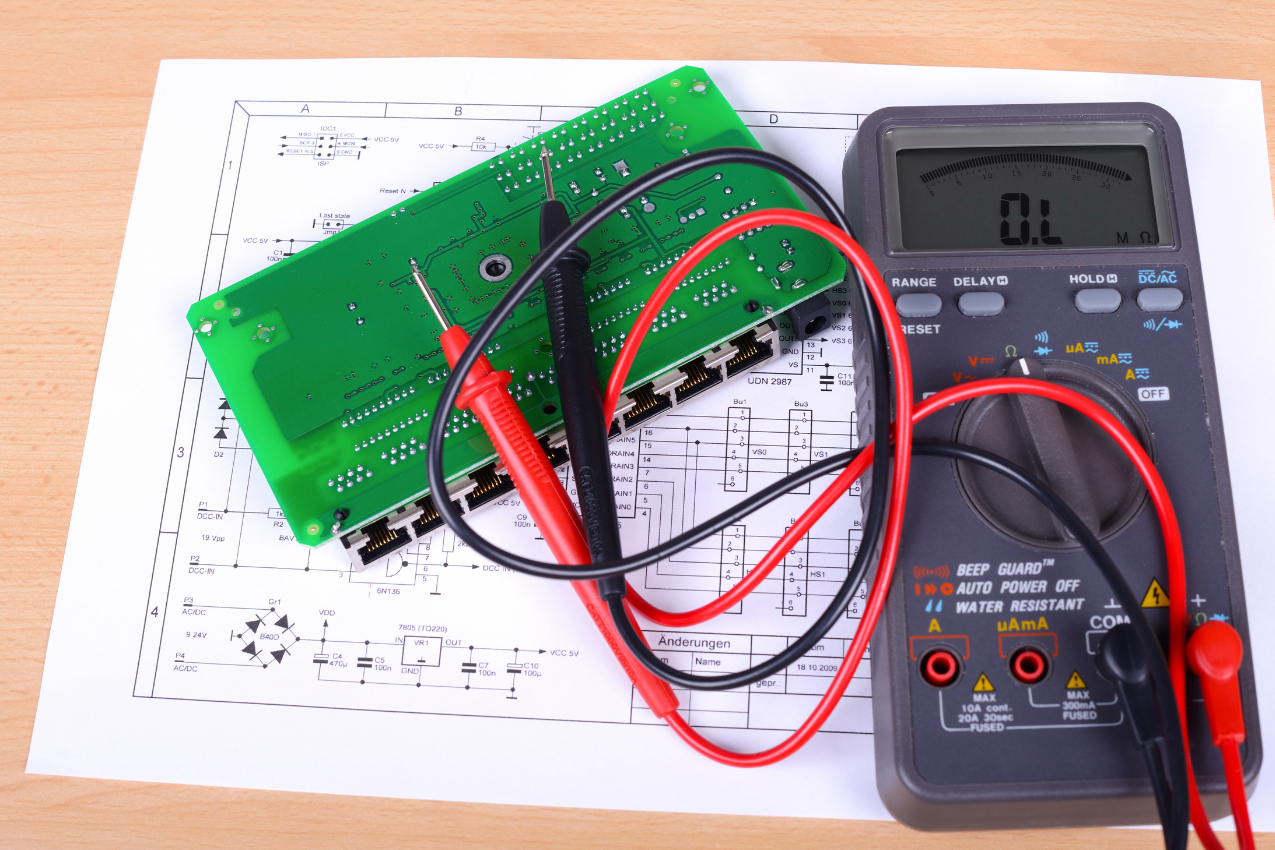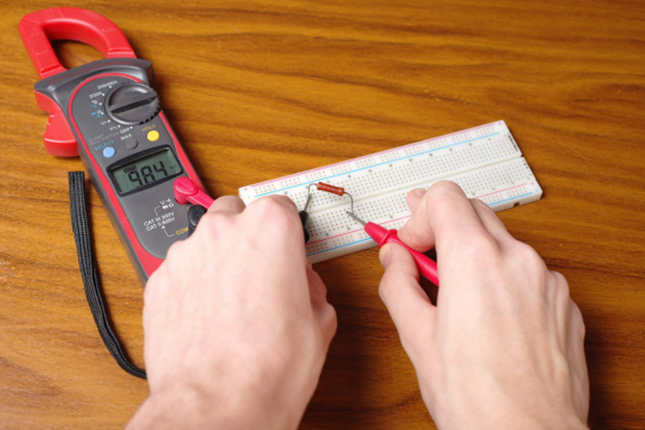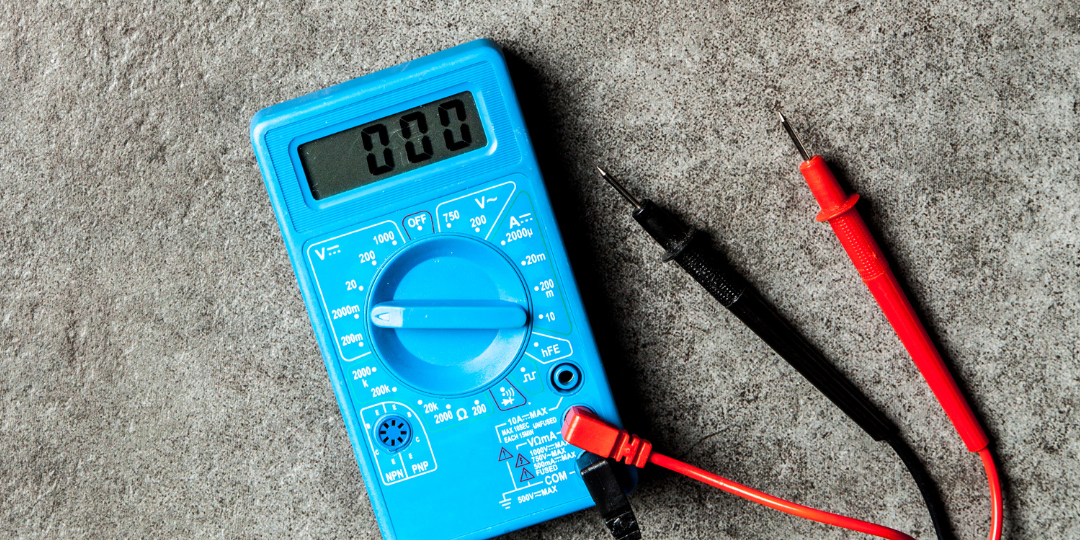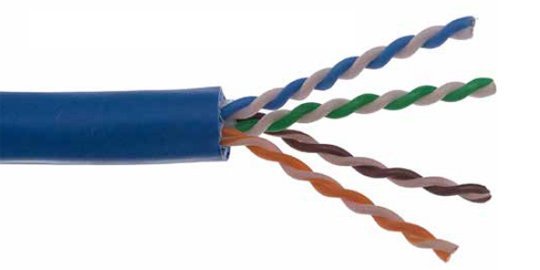Testing Copper Links in Structured Cabling Introduction and Types of Signals
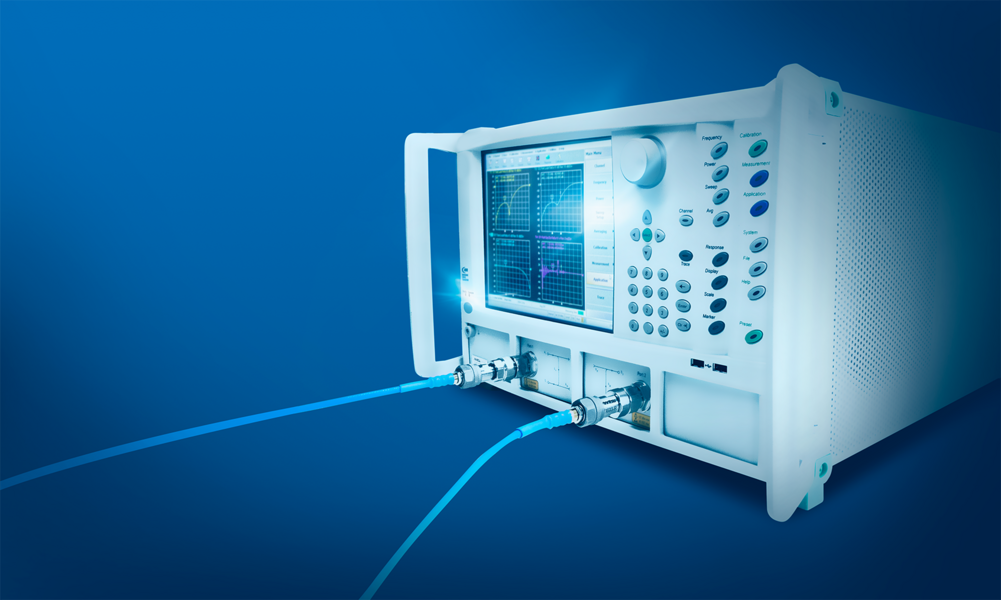
Despite careful workmanship an error creeped into the cabling and the cable tester mercilessly reports FAIL. What now?
Testing IT links is important for tightly focused trouble-shooting and can thus save a lot of time. For this one needs to know the meaning of the different test parameters and where to look when errors occur. Let’s start with the fundamentals of signal transmission in twisted pair cabling.
There are two type of signals: common mode and differential mode signals. Simplified, common mode signals are the voltage difference between a wire and ground as the second wire is grounded. The phases of the signals on the two wires are the same (common). Another term for this is unbalanced transmission. The drawback: Noise from outside raises or lowers signal strength against ground.
Let’s look at a simplified example with arbitrary values:
The voltage of 0 V against ground is regarded as a logical zero, +4 V against ground are regarded as a logical one.
Noise from outside raises all of the voltage levels on the cable and thus on both wires simultaneously by +5 V against ground. The voltage levels on the wires now raise from 0 V / +4 V to +5 V / +9 V.
On the receiver side of the cable, there is always more than +4 V, so the receiver takes that always as a one, ignoring the fact that the transmitter transmits ones and zeros

With differential mode signals (DM) neither wire is grounded. A signal is transmitted as the voltage difference between the wires of a twisted pair, the signal phases are counter-directional. This is also called balanced transmission. Noise raises or lowers the voltage levels of both wires the same way, but the voltage difference between them stays the same.
Taking our simplified example from above, a logical zero now is the voltage difference of 0 V and a logical one is a voltage difference of 4 V which is applied symmetrically to the two wires by a signal transformer.
Should external noise raise the voltage level by +5 V on the cable, both wires of a twisted pair are affected in the same way. The voltage level of 0 V / 4 V raises by + 5 V to 5 V / 9 V.
However, the difference which is used to distinguish between zero and one stays the same 4 V.

External noise in most cases is common mode noise. In order to protect signal transmission against such noise, differential mode transmission is used.
This series is based on a German specialist book on testing twisted pair cabling by Dirk Traeger.
Contact
Dirk Traeger


